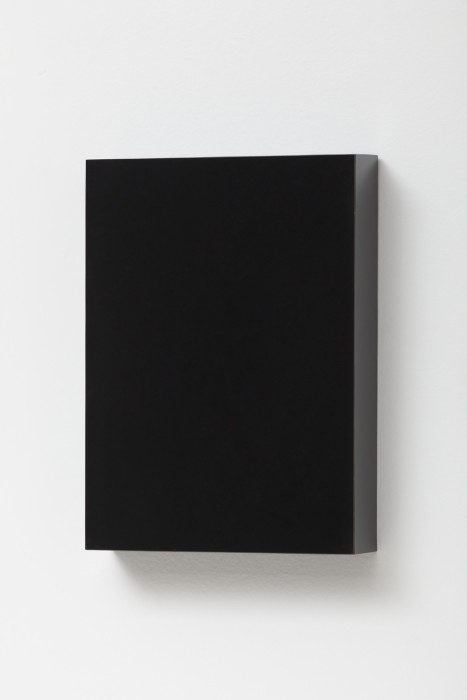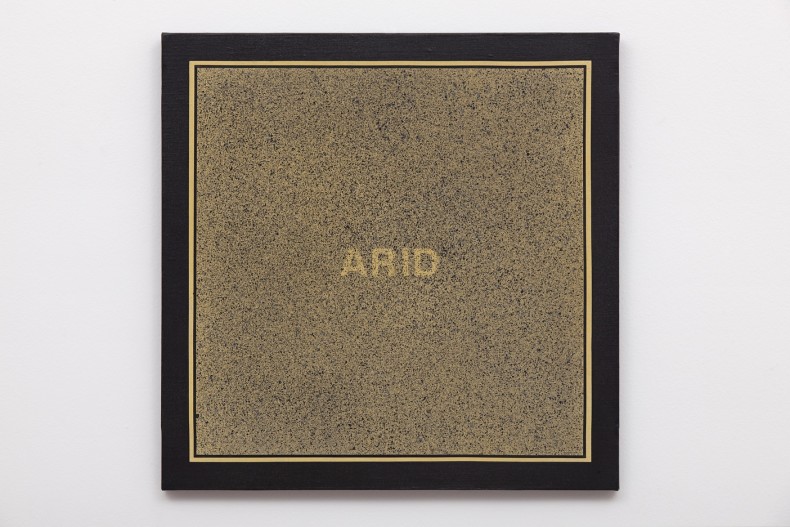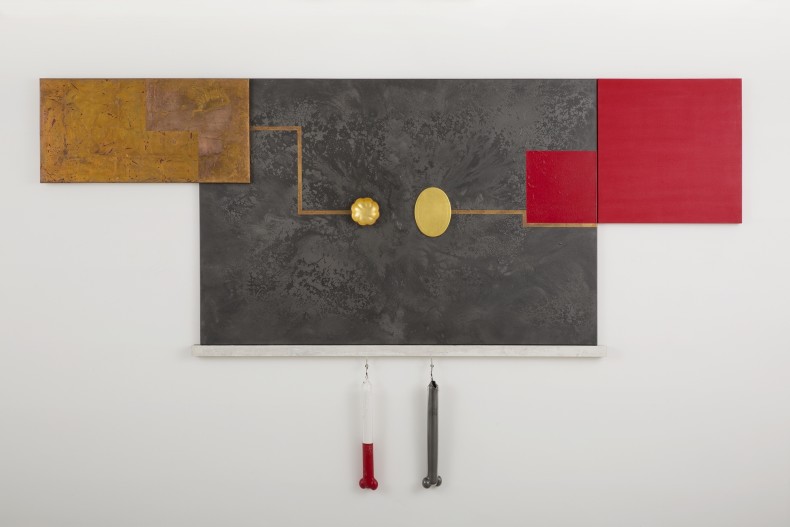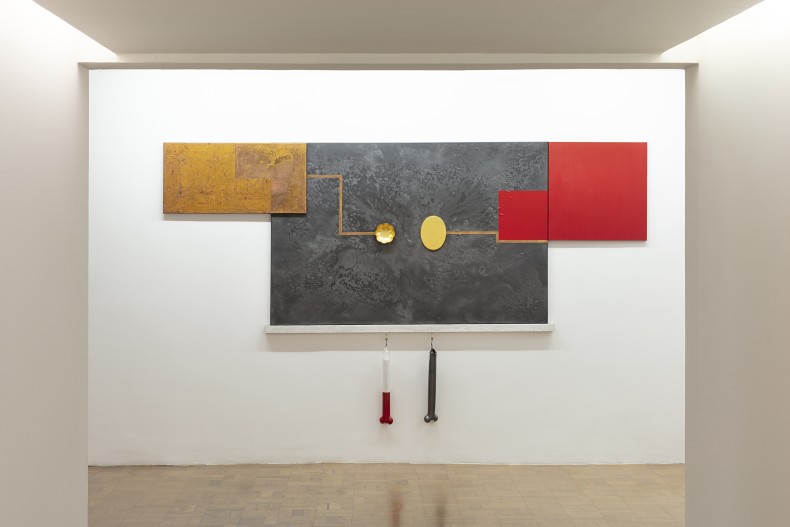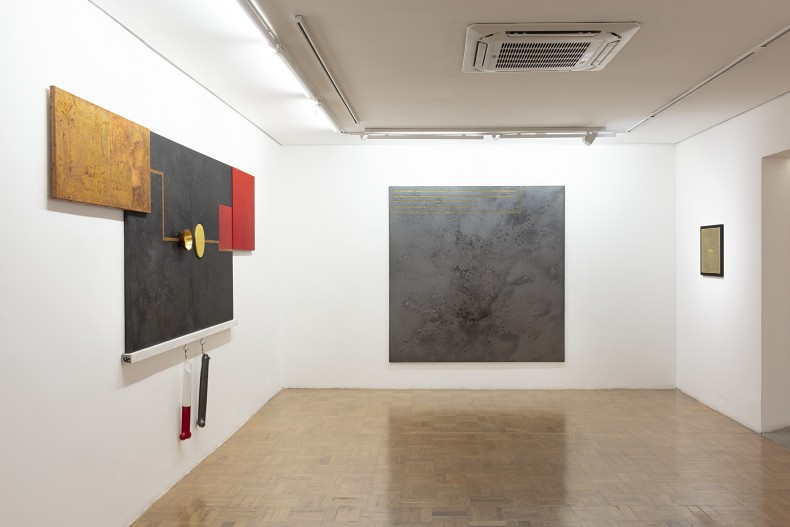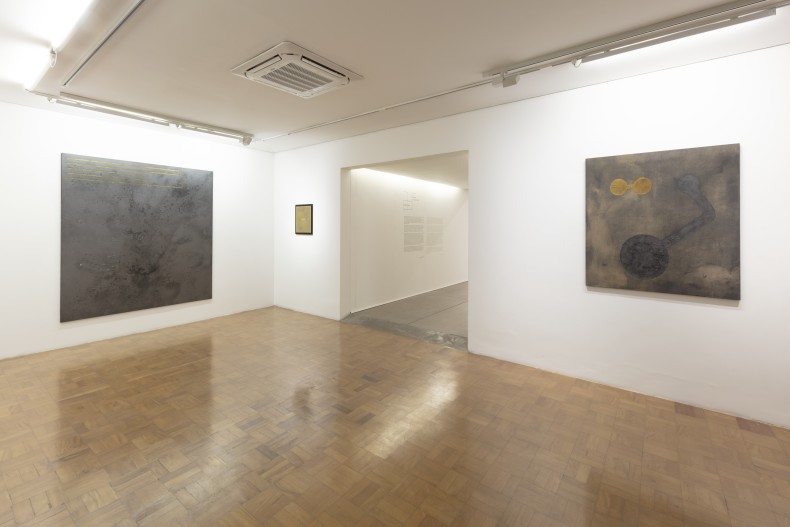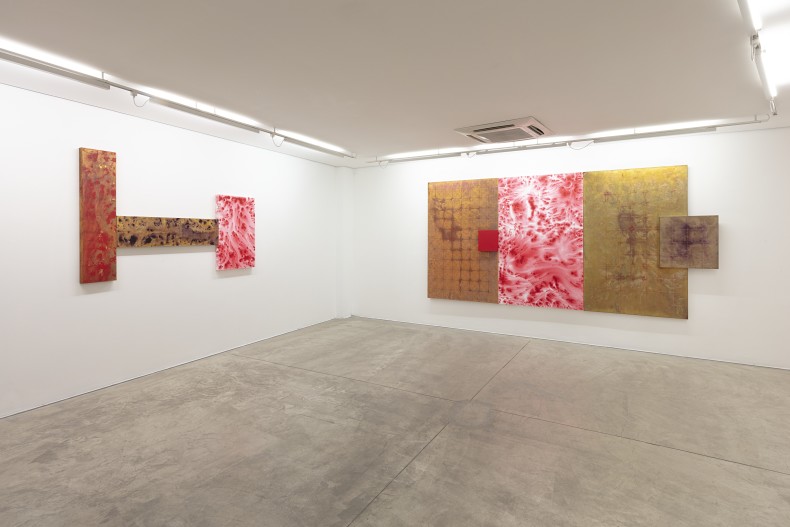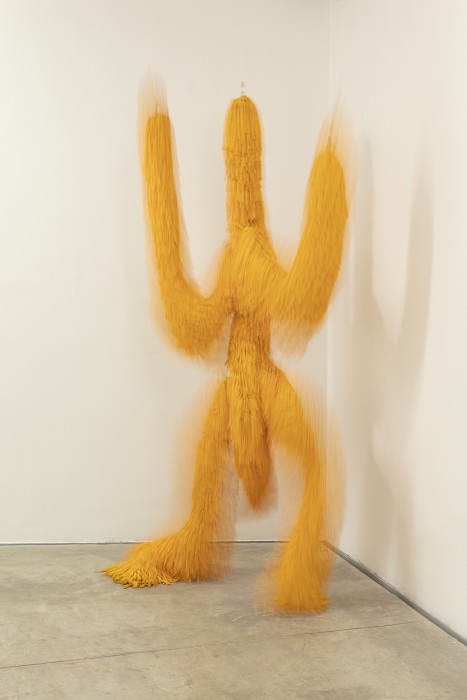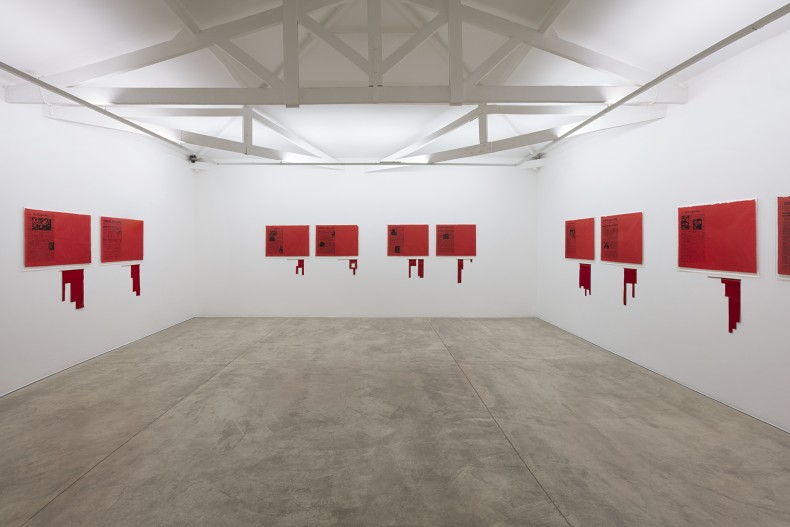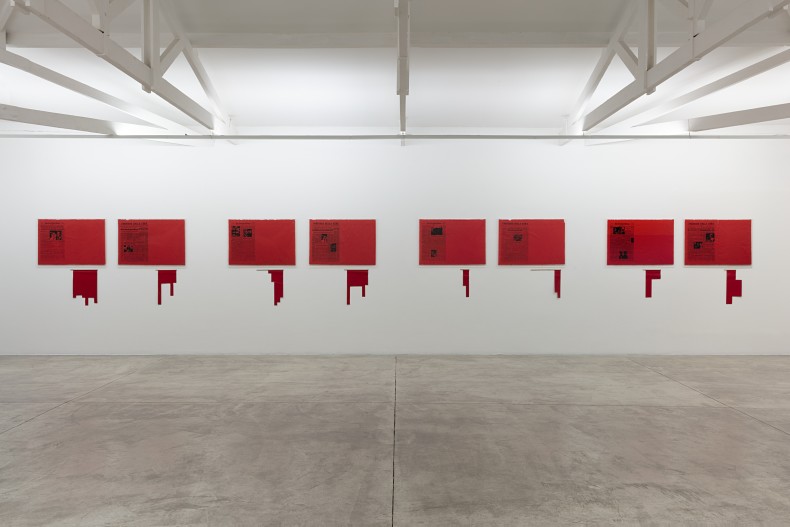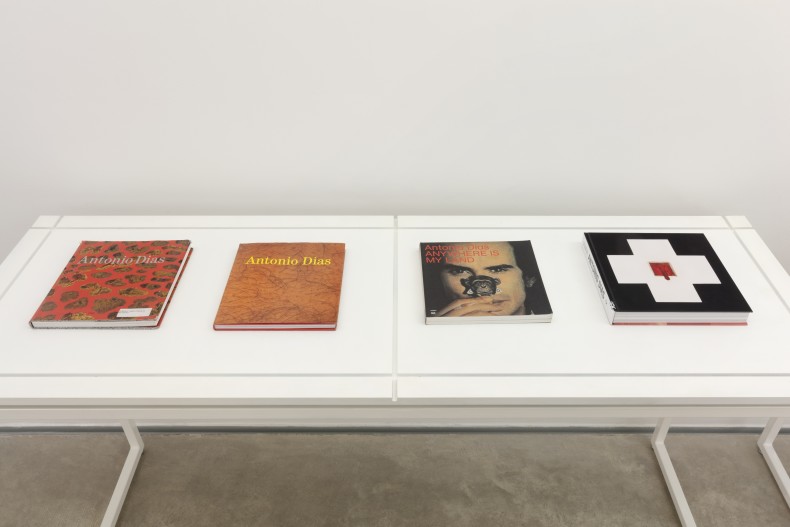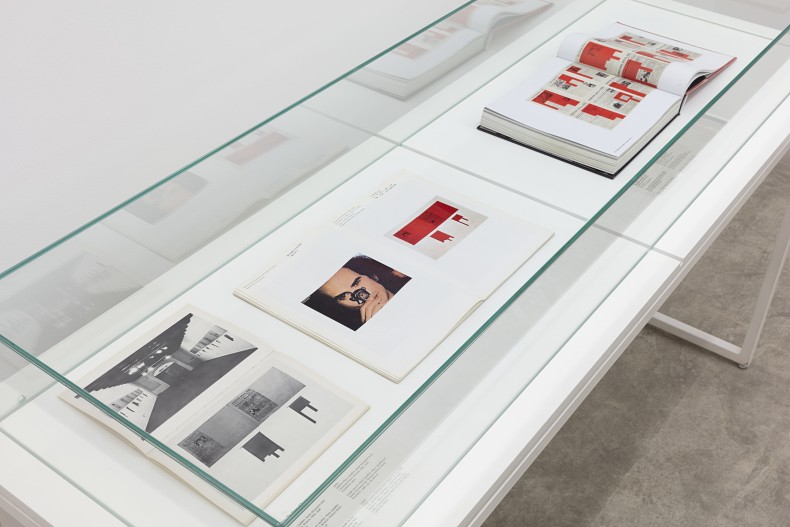The exhibition Tazibao e outras obras (Tazibao and other works), by Antonio Dias, has become a tribute to the artist who has sadly passed away last August 1st. Curated by Paulo Sergio Duarte, the exhibition presents a collection of works, ranging from 1968’s Black Mirror and 1969’s Arid to works created in 2013, including seven Super 8 films from 1971 to 1974. A centerpiece of the exhibition is Ta Tze Bao (1972), which has never been shown in Brazil. The show will not include works dating from 1964 to 1967, which were recently shown in the exhibition Entre construção e apropriação – Antonio Dias, Geraldo de Barros e Rubens Gerchman nos anos 60 (Between construction and appropriation – Antonio Dias, Geraldo de Barros and Rubens Gerchman in the 60s), curated by João Bandeira at SESC São Paulo.
Ta Tze Bao is composed of a series of widespread news stories from Chinese cities dating back to the early 20th century; a mouthpiece for left-wing dissidence from China’s Communist Party starting in 1966. As Paulo Sérgio describes it, Tazibao (the normatized, updated English transcription embraced by the critic) was the eloquent graphic outlet for the Cultural Revolution. “Tazibao was the radical left’s newspaper; little did it matter whether it was free or not. What mattered was ousting the “revisionists,” those who diverged from comrade Mao’s thinking. For Antonio Dias, Watergate was it.”
In the series Tazibao, Dias intervenes on the first-page news stories about Watergate of The New York Times and Corriere della Sera, which were released over the course of a week on November 1972. In the version featured in the gallery, the artist covers all pages in red, highlighting the areas where the news stories used to be by cutting them out in their exact equivalency on red-painted canvases, which were then hung underneath each corresponding page of The New York Times and Corriere della Sera. According to the curator, the balance between the red areas on top and the small cutouts in the bottom isn’t random: it relates to the political connection between the relevance of a news piece and the first pages of newspapers. “This may seem old in the age of social media, but isn’t; every day, we are marked by our electronic Tazibao as they imprint us with their urgencies. Antonio Dias’ Tazibao on paper is very current,” according to Paulo Sérgio.

